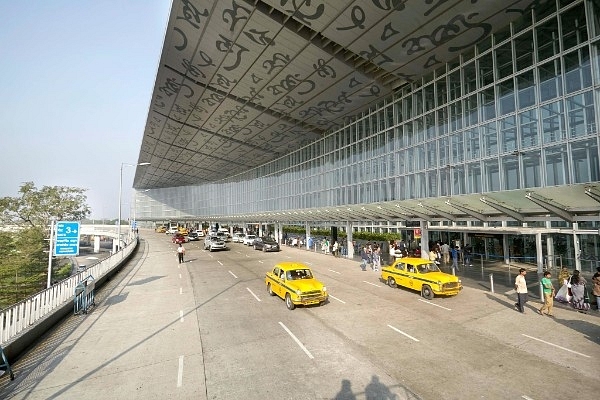Insta
Long Wait For Kolkata Flyers To End: City’s Airport Underground Metro Work To Begin Very Soon

View of Kolkata airport (Facebook)
After nearly two years, work on the underground metro station at Kolkata airport has resumed. After spending Rs 48 crore, authorities were able to shift a water filtration plant and a power substation that were earlier at the location.
Existing structures have been razed so that work for the underground metro begins very soon. The station will see trains between Kavi Subhash to Airport via Rajarhat, and Noapara to Airport. The latter falls under the north-south corridor. Metro Railway CPRO Indrani Banerjee has informed that the station will be operational from 2021, Times of India reported.
The extension of the metro line to the airport is part of the Noapara-Barasat stretch which is 18-km-long. Two stations namely Dum Dum Cantonment and Jessore Road fall in between the airport and Noapara. As much as 70 per cent of the work is believed to be completed at the metro stations. The work was stalled due to encroachments. After this issue was mitigated, Airports Authority of India (AAI) sought funds to move the utilities.
After the project is done, it will become the largest underground yard in the country. The construction is ongoing near the old Biman Bandar station of Circular Railway. The yard will be 550 m-long and 41.6 m-wide with six tracks. The design of the metro station has not been unveiled until now.
The question of whether passengers receiving automatic luggage check-in facility is still hanging. A connectivity to terminal 2 is being planned.
An official was quoted by Times of India as saying, “Work along the Noapara-Dakshineswar link is also progressing fast. Hopefully, the stretch will be commissioned before the Puja in 2019. The Baranagar and Dakshineswar stations are green ones with all passenger amenities.”
Support Swarajya's 50 Ground Reports Project & Sponsor A Story
Every general election Swarajya does a 50 ground reports project.
Aimed only at serious readers and those who appreciate the nuances of political undercurrents, the project provides a sense of India's electoral landscape. As you know, these reports are produced after considerable investment of travel, time and effort on the ground.
This time too we've kicked off the project in style and have covered over 30 constituencies already. If you're someone who appreciates such work and have enjoyed our coverage please consider sponsoring a ground report for just Rs 2999 to Rs 19,999 - it goes a long way in helping us produce more quality reportage.
You can also back this project by becoming a subscriber for as little as Rs 999 - so do click on this links and choose a plan that suits you and back us.
Click below to contribute.
Latest